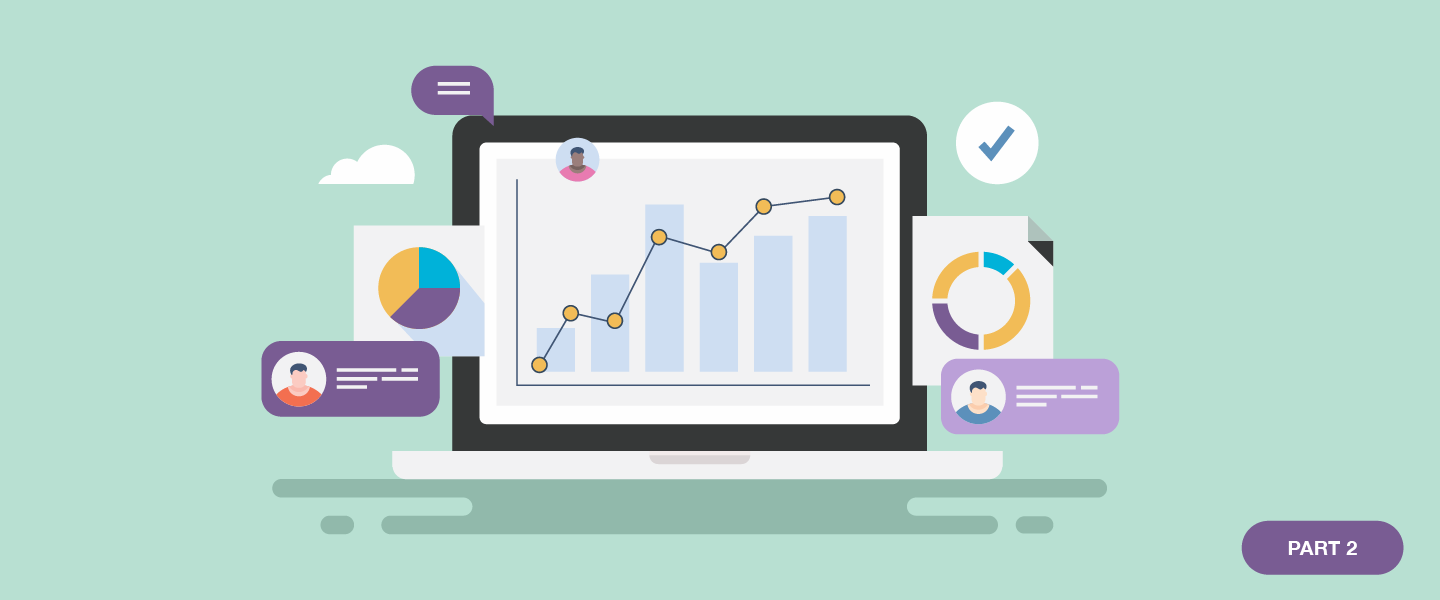Welcome back to our series on how to onboard and optimize your CRM system. In part one, we discussed the foundation for effectively reaching your organization’s goals — a good sales process that integrates with your technology. Now we turn our attention to generating more opportunities for your well-oiled sales machine via marketing automation. When integrated with your CRM system, the right email marketing journey can help you build strong relationships with customers and deliver personalized content that is tailored to the individual.
Step 1: Plan Your Messaging Strategy
Before building out beautiful email templates and personalizing messages to customers, take a step back and make sure that there’s a clearly defined strategy. As you build the messaging strategy, consider things like:
- Your target audience and whether you will segment that audience by different personas
- The goals of your campaign — remember, these should tie back to the sales goals you set in part one
- The frequency and timing of your emails
- The content and interactions you want to include in your journey
- The metrics you will use to measure success
At this point, you should have an overall idea of the general tone, audience, message, and cadence of each of your communications.
Step 2: Know Your Data
In the world of one-to-one automated email campaigns, data is king. The more you know about potential customers, the more you are able to segment them into specific audiences and deliver relevant content. Knowing someone’s name and email address is great, but how much more impactful could your message be if you knew they had browsed your website three times in the last seven days and that they engaged with you on social media two weeks ago? If there is information you want to know that you don’t yet, think about how you can start collecting that data and if that will include purchasing new data.
In addition to defining the data you are currently collecting and want to collect about customers, take a look at your data cleanliness. One of the biggest hurdles to running an effective email automation campaign is ineffective data (think missing email addresses, inconsistency in formatting, etc.). Work with your sales and operations teams to ensure that data is accurately entered and solve for any inaccuracies before your campaign begins. The better your input data, the more optimal your results will be.
Step 3: Create Your Content
Now that your journey is mapped out, and your data is ready to go, it’s time to start creating content.
Make sure your emails are visually appealing, easy to read, and optimized for all devices.
Use images, videos, and graphics to add interest to your emails and keep your content fresh and engaging. If you already have a lot of existing marketing content, consider if it can be optimized for emails and adjusted for your audience segments.
Step 4: Onboard the Sales Team
Since the sales team will be working the leads from your campaign, it’s important to get them on board. The beauty of most CRM systems is that they can seamlessly integrate marketing and sales efforts, creating a frictionless experience for customers and generating more qualified leads for salespeople. Present your journeys to internal stakeholders and make sure they weigh in on their ability to pursue leads generated through this program.
Step 5: Test and Optimize
You’re ready to launch! Now that you have your emails designed, your audiences segmented, and your team bought in, you can hit send on your marketing journey. But, that’s not the final step. You now have a rich source of data to help you evaluate the performance of your campaign. After the first few weeks of data collection, start to look at trends in the metrics —are certain emails performing better than others? Is one of your audiences a lot more engaged than another? The answers to these types of questions will help you optimize by making adjustments to your content, cadence, and target audience.
Questions on any of these steps? From technical implementation to sales process design to integration with marketing automation, Mythic’s certified experts can help you set the sales and technology foundation that will allow your marketing communications to thrive and create impactful designs that stand out in the crowd. If you want to know how you can partner with a team that’s brimming with creative ideas, reach out to Mythic’s new business team at newbiz@mythic.us and get a conversation started today.
